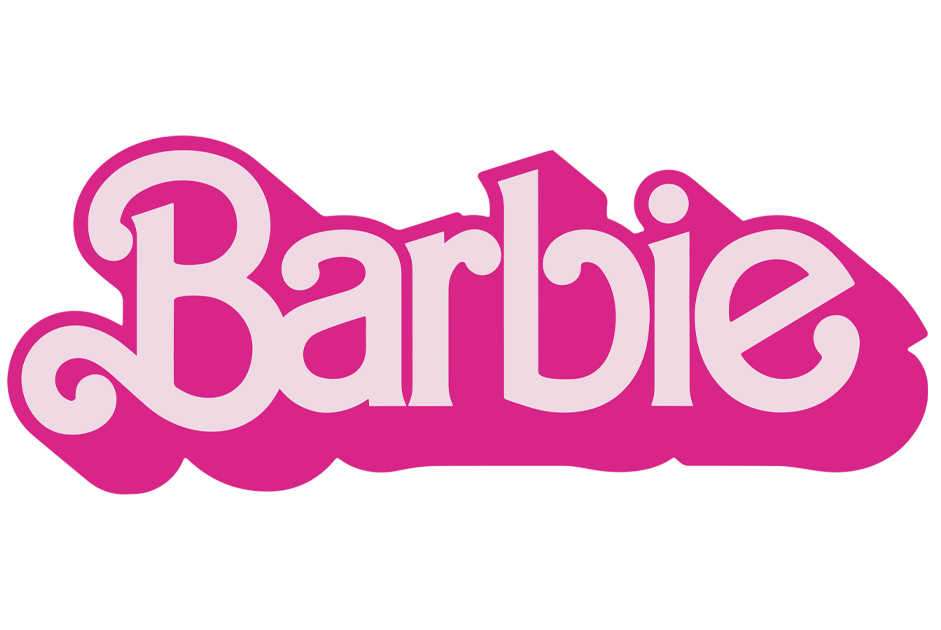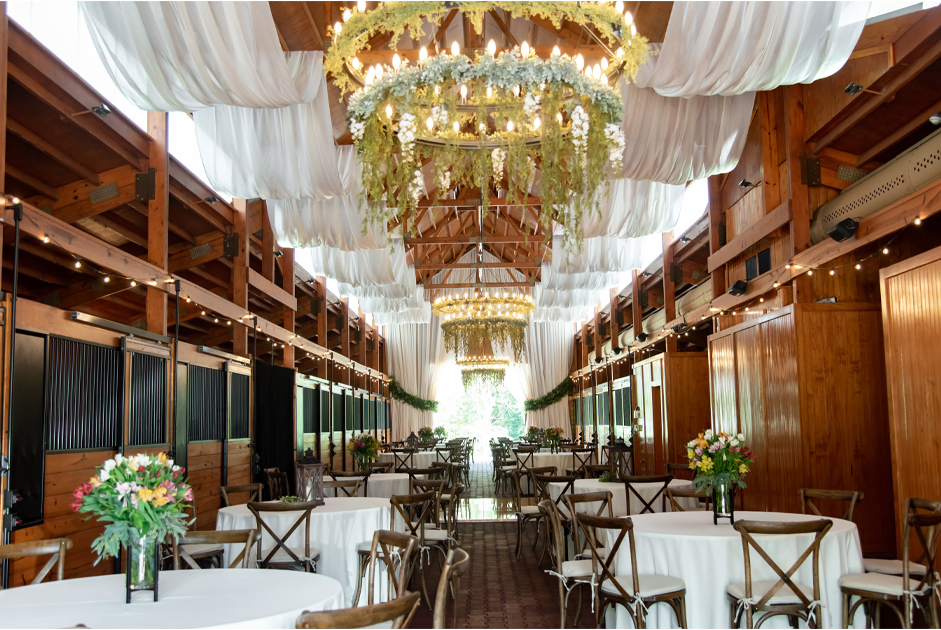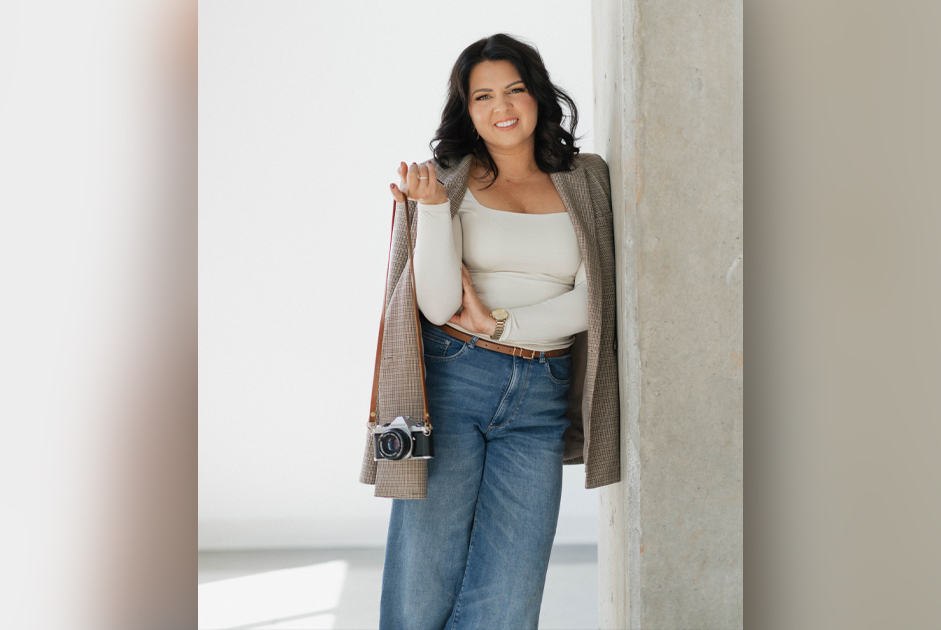When you hear “Barbie,” you might think of the iconic plastic doll from your youth, symbolizing beauty standards, both revered and questioned, or perhaps the recent movie that catapulted a real life Barbie into pop culture sensation overnight.
Breaking Barriers & Records
2023 brought us the Barbie movie ranking the largest opening weekend of a film in 2023 as well as coming in as the most successful global release in Warner Brothers history hauling in a whopping $1.4 billion worldwide. Additionally, it is the highest-grossing global opening for a female directed movie ever. From the novelty of girlhood nostalgia to the ever present theme of empowering womanhood, the world embraced the Barbie movie in record breaking ways.
You might be wondering what it is that makes the Barbie movie so special? How could one film inspired by a silly plastic doll from 1959 possibly capture this level of response across generations of cinema lovers?
The answer isn’t simple, but then again, neither is Barbie herself.
Girls Can Be Anything
From her inception in 1959 to her “real life” debut as a living, breathing character on the big screen, Barbie brings something to the table that begs to be both admired and celebrated for its cultural impact on feminism.
Barbie has always been a reminder that we, as women, truly can do anything. Since her debut in 1959, Barbie has pursued more than 250 careers across various fields, ranging from fashion and web design to becoming an Olympic athlete and astronaut. Her impeccable sense of style effortlessly transitions from daytime chic to evening glamor, establishing her as a fashion icon capable of conquering any occasion. Additionally, Barbie exemplifies the importance of family, cherishing her relationships with her younger sister, Skipper, and her enduring connection with her on-again, off-again boyfriend, Ken.
Ruth Marianna Handler, an American businesswoman and inventor, revolutionized the world of toys in 1959 but didn’t realize the impact her doll would make for generations. In her memoir, “Dream Doll: The Ruth Handler Story,” she wrote: “I named the doll Barbie after my daughter Barbara. I wanted to create a doll that would allow girls to dream of their futures as adult women.” While Barbie herself hasn’t become a mother, Barbie Director Greta Gerwig has shared with numerous sources that, “A Barbie movie is only ever going to be a mother-daughter movie on so many levels because it was Ruth Handler and Barbara – that was the relationship.”
The film has the ability to make you laugh, cry and question your immortality all within a single scene at some moments. I believe the dichotomy of the Barbie movie echoes the dichotomy of our lives as women; the mountaintop joys and emotions alongside the valleys of inequality and enoughness.

The History of Barbie
Learn some fun facts about the icon’s creation and journey and how her influential role has shaped modern society in ways that are much bigger than Barbie.
- 1956 – Mattel’s principal architect of the doll’s campaign, Ruth Handler, creates a revolutionary idea and design, giving the world “Barbie.”
- 1959 – Barbie first premieres at the annual Toy Fair in New York! 300,000 Barbie dolls were sold in the first year!
- 1961 – Barbie starts “going steady” with her plastic beau, Ken, named after Kenneth Handler, son of Barbie creator/inventor Ruth Handler.
- 1962 – The very first dreamhouse was offered complete with mid-century modern furniture and decor.
- 1967 – British model and fashion icon, Twiggy, becomes the kickoff of Barbie’s celebrity dolls.
- 1968 – Mattel introduces their first black doll, Christie, arriving just as the Civil Rights Act of 1968 (making racial discrimination illegal).
- 1970 – Barbie becomes an “anti-feminist” role model and the Women’s Strike for Equality march in New York chants “I am not a Barbie doll.”
- 1980 – Mattel produces its first black Barbie with a whole new wardrobe of choices, designed by Kitty Black Perkins.
- 1985 – The boardroom welcomes “CEO Barbie” and launches the “We Girls Can Do Anything” ad campaign, encouraging girls to believe in themselves and their dreams.
- 1992 – Barbie prepares for the presidency unveiling a President Barbie doll in an American-themed dress and a red suit.
- 1997 – The first wheelchair user Barbie doll is added, “Becky,” adding disabled representation to the collection.
- 2009 – New York Fashion Week sees Barbie strut her stuff for her 50th birthday celebration showcasing iconic looks from years past.
- 2016 – Time Magazine invites Barbie on the cover as the world meets Barbie’s new body types; curvy, petite and tall.
- 2019 – Mattel answers requests for more inclusivity by adding a range of Barbie dolls with prosthetic limbs, wheelchairs, etc.
- 2023 – The Barbie movie premieres, capturing audiences around the world and paving a new path for Barbie’s impact.



















